Reclaimed Land
Credit to Author: Lauren Steele| Date: Sat, 28 Oct 2017 16:00:00 +0000
This story is part of OUTER LIMITS, a Motherboard series about people, technology, and going outside. Let us be your guide.
The Raid
Dominick “Dom” Sanchini wasn’t sorry until he got caught.
He was, at the time, a third-year manager at Rocky Flats Plant, a nuclear weapons facility in Colorado that produced around 70,000 plutonium triggers and other hazardous components for nuclear weapons made in the United States through the end of the Cold War. On his watch, Sanchini, who’d been hired by Rockwell International, a government contractor, signed off on spills, leaks, burns, and other unlawful waste disposal practices at the plant—nominally reconciled as “incidents”—in the name of expanding America’s nuclear arsenal.
But sitting in his office on June 6, 1989, surrounded by more than 70 agents from the Federal Bureau of Investigation and the Environmental Protection Agency during an official raid on Rocky Flats, Sanchini realized he’d been found out for causing what would amount to billions of dollars worth of contamination. People were getting hurt as a result. And he’d been lying to officials about it all along.
“You can’t be serious,” Sanchini reportedly stuttered when FBI Special Agent Thomas J. Coyle served him the search warrant that fateful day.
“We are serious,” Coyle replied.
“You know there’s radiation out there,” said Sanchini, who FBI Agent Jon Lipsky remembers holding a respirator around his neck as the reality settled in. “You’re going to need personal protection equipment.”
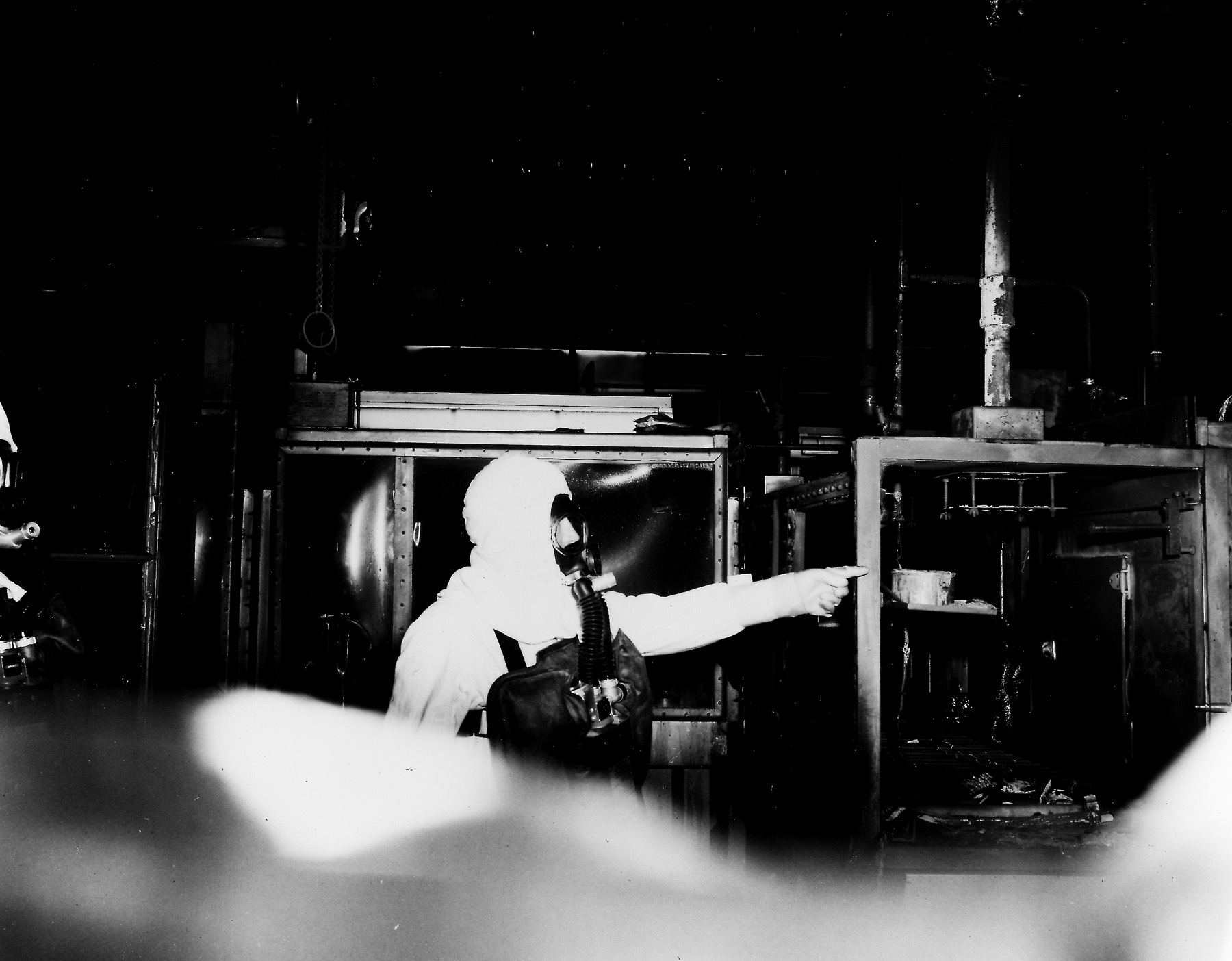
According to FBI reports, as the search unfolded Sanchini told agents that he’d seen noncompliance notices sent from various government regulatory agencies regarding unlawful misuse and mismanagement practices at the plant, but that they were always “minor.” If the Department of Energy—which oversees nuclear development and funds oversight of Rocky Flats—wanted to pay for them, Sanchini claimed, then the problems would be immediately corrected.
The federal search lasted 18 days. When it was all over, the seizure and subsequent termination of Rocky Flats Plant unveiled one of the world’s most devastating nuclear contamination events to residents in the Denver and Boulder areas, who had been living among toxic waste and runoff for more than three decades while the plant was operational.
In 1969, a spontaneous glove box fire damaged a section of the plant, releasing what University of Colorado scientists later found to be the highest levels of toxic contamination ever recorded in an urban area, “including the city of Nagasaki.” Investigators also discovered “spray fields,” areas where contaminated liquid waste had been discharged through the irrigation system directly onto the ground’s surface. And in the wake of the first-ever raid conducted by one federal agency on another, officials determined that plutonium was missing from the site.
There are a few theories as to what exactly happened to the stuff—some of it could have been carted to disposal sites in Utah, others think it’s buried somewhere on-site—but no answers. Exactly how much plutonium actually went missing is also unclear. Former Energy Secretary Hazel O’Leary admitted in 1994 that more than 2,640 pounds of plutonium had gone missing from Rocky Flats. Five years later, the Colorado Department of Public Health’s median estimate of unaccounted material was 13 ounces of plutonium.
The conflicting estimates might cover a huge range, but the point remains that a certain amount of toxic material went missing from Rocky Flats. However much it truly is, the plutonium remains unaccounted for to this day.
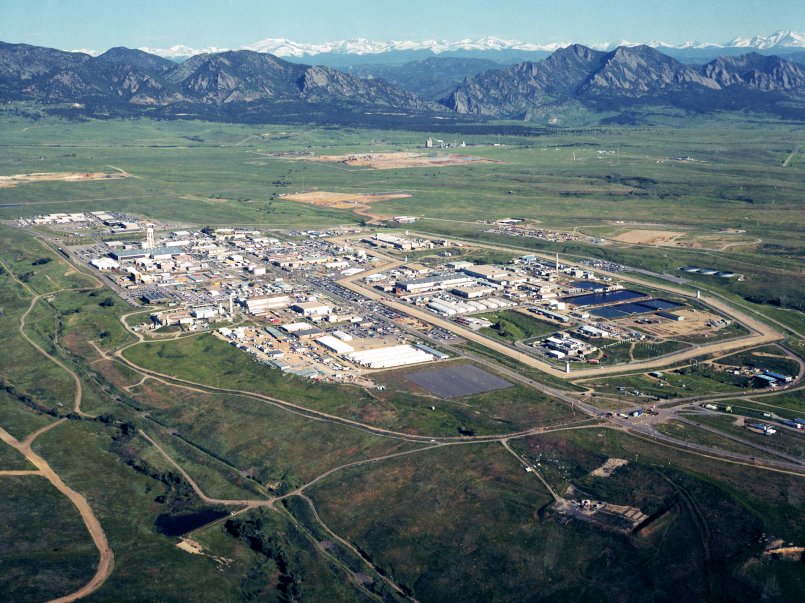
Proper cleanup at Rocky Flats began in 1996 under the Comprehensive Environmental Response, Compensation, and Liability Act (CERCLA), or Superfund. Superfund is an EPA-funded program “responsible for cleaning up some of the nation’s most contaminated land and responding to environmental emergencies, oil spills and natural disasters.”
At the beginning of Superfund cleanup at Rocky Flats, the 5,273-acre plot of land was home to five of the 14 most-contaminated buildings in America. Aerial photography taken during the FBI’s pre-raid investigation showed radioactive material was being pumped into nearby Woman Creek and Standley Lake, and was also flowing with runoff water across Indiana Street and toward what was then a source of drinking water, the Great Western Reservoir.
Today, parked on Indiana Street, looking over a chest-high, barbed wire fence, across the tawny grass and sparse trees that cover this storied tract, nothing looks toxic. Plains meet the edge of the Rocky Mountains in neighboring Boulder, just 15 miles away. Twenty miles to the east is Denver; on the other side of the fence is Candelas, a new suburb development. There are no signs—just fence, grass, and rolling hills.
It’s a quiet, unassuming landscape. But not for long.
Next year, Rocky Flats National Wildlife Refuge is slated to open to the public.
Remediation
I’m sitting in the back of a Jeep Wrangler, bumbling up and down the hills of Rocky Flats. Offered an exclusive tour of the site, I find myself wedged between David Abelson, executive director of the Rocky Flats Stewardship Council, and two officials with the US Fish and Wildlife Service (USFWS), refuge manager David Lucas and Ryan Moehring, a spokesperson for USFWS, the agency tasked with managing the site since the refuge was created in 2001.
Lucas, proudly behind the wheel, displays what the land has become in the eyes of those who have pushed past the toxic history of the place with an earnest belief in the classic American rhetoric: it works, we prosper, we deal with the consequences later. This parcel of land, he adds, is also currently home to a resident herd of about 100 to 150 elk. There are deer, coyotes, hawks, and more than 630 species of flora within site boundaries. And in summer 2018, when the Rocky Flats National Wildlife Refuge is set to open, it will play host to nearly 20 miles of hiking and biking trails, plus a visitor center.
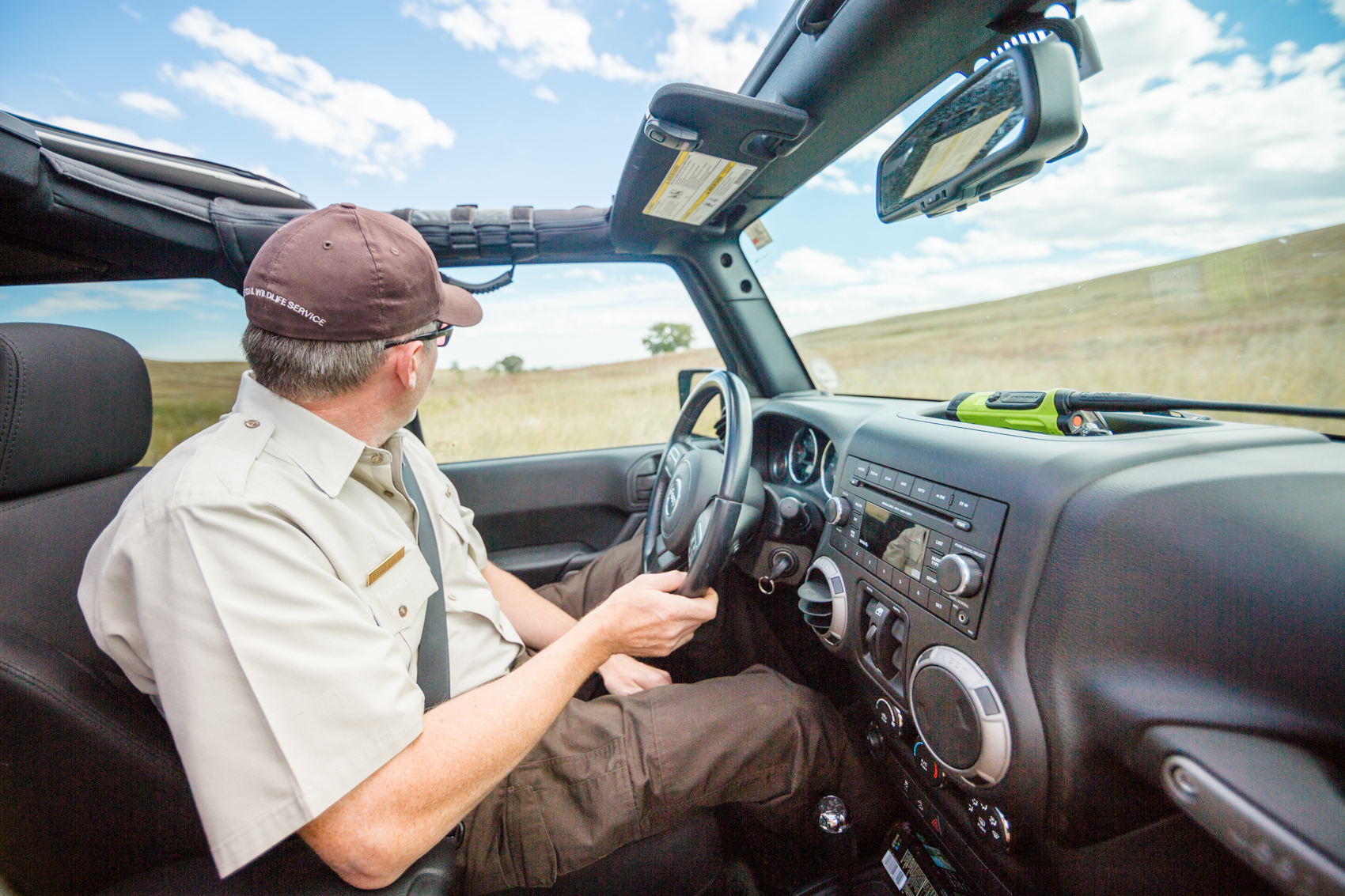
Rocky Flats has been an emotionally-charged hotbed for residents for more than a quarter-century now. Every conversation about the site is a braid of memories, anxieties, and politics. Activists fear that opening the site as a national wildlife refuge, plus opening surrounding area for livestock grazing and suburban development, is the blameworthy history of government mismanagement repeating itself. Those who are looking forward to hiking, biking, and living on and near the site, on the other hand, see it as a success story that’s far past Rocky Flats’ dark, nuclear past.
“It’s some of the most untouched, pristine land in the West,” Kim Griffiths, a 30-year Colorado resident and two-year homeowner in the Candelas development, told me, looking over a perfectly manicured backyard to the sun-dried grass beyond. “It’s a teeny silver lining—if Rocky Flats hadn’t been there, that [land] would probably be houses from North to South.”

How could land that was once leaking toxic nuclear waste—words that have become synonymous with “Do Not Enter”—now be described using words like “pristine” and “refuge?”
“That’s a fair question,” admitted Abelson, who has been involved with Rocky Flats issues since he was was a congressional staffer working for local government interests in the late 1990s. “From just a gut instinct it’s like, ‘Seriously, you could do that?’ And the answer is: ‘yes.'”
For most, the question that follows is: Are the residual levels of contamination such that it’s truly safe for human health and the environment—and what does that mean? That’s where Abelson’s gut tells him, “‘I’m not sure you can do that.’ That’s the challenge we face.”
The DoE Office of Legacy Management’s most recent quarterly Site Surveillance and Maintenance report states that groundwater monitoring and testing for uranium and nitrate were recorded at Rocky Flats, but makes no mention of plutonium testing or soil sampling for calendar year 2017. There is always the possibility that the site is completely clean and safe for public use. But is the risk worth taking?
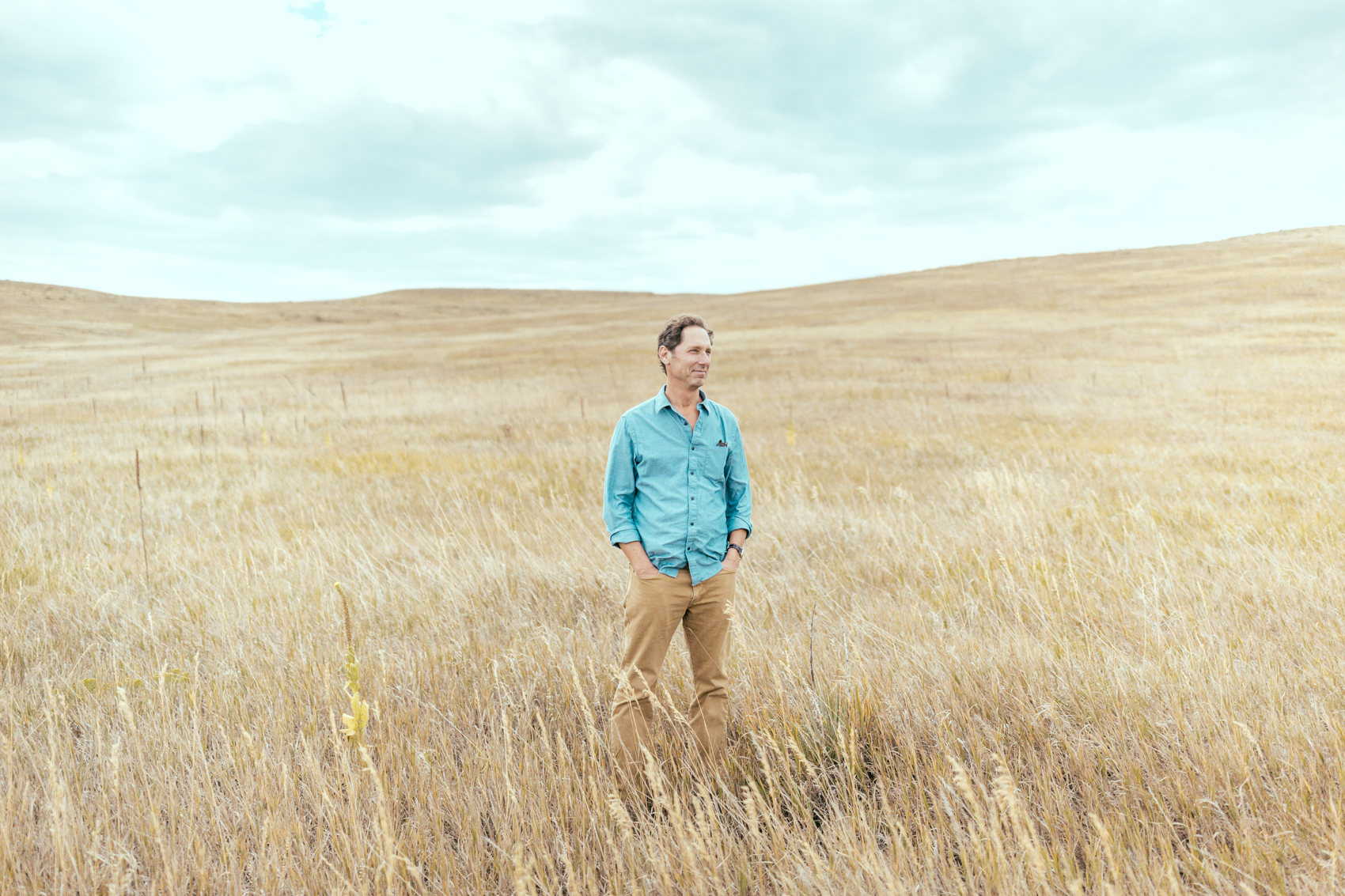
As Superfund cleanup of Rocky Flats got underway in 1992, 360 individual hazardous substance sites required remediation on-site. Initial reports estimated that completely clearing the site of all harmful contaminants would cost $37 billion and take 65 years. Fifteen years and a fraction of the budget ($10 billion) later, the DoE handed Rocky Flats over to the USFWS with a bill of clean health (measuring contamination within or below the acceptable CERCLA risk range) and a note from state and federal environmental officials stating that the lands comprising this refuge are “suitable for unlimited use and unrestricted exposure.”
In other words, USFWS got roped in. But how?
“Not willingly. I’ll tell you that much,” Abelson said, a sentiment he shares with Lucas. “This is not their idea. They want these pristine, beautiful places,” but instead, USFWS is left managing former DoE and Department of Defense sites.
“Plutonium doesn’t care about fences.”
The agency finds itself in a curious position. Indeed, nothing about the USFWS mission statement brings nuclear waste monitoring to mind: “Our Mission is to work with others to conserve, protect and enhance fish, wildlife and plants and their habitats for the continuing benefit of the American people,” it reads.
Allocating money toward sites that require waste monitoring and management is a costly penance for pledging to “work with others to conserve” land that was seemingly lost. That’s particularly true when your budget for taking on sites like Rocky Flats is set to take a hit: the 2017 baseline budget for the USFWS National Wildlife Refuge System is $480.5 million; the 2018 budget request is $470.1 million. That’s down $10.4 million. And the Rocky Flats refuge maintenance budget is down $732,000.
A change of departmental hands is more common than expected at former sites of contamination. Rocky Mountain Arsenal, just 28 miles east of Rocky Flats; El Malpais and White Sands National monuments in New Mexico; Hanford Reach Monument in Washington State; and the Manhattan Project National Historical Park in Tennessee are all former military test sites or nuclear production facilities that are now managed by USFWS. The precedence set with each of these designations has effectively allowed former nuclear facilities to be categorized and maintained under the auspices of USFWS, just like any other monument or park with no history of chemical contamination.
But Rocky Flats—and any other former Superfund site, for that matter—is not like any other monument.
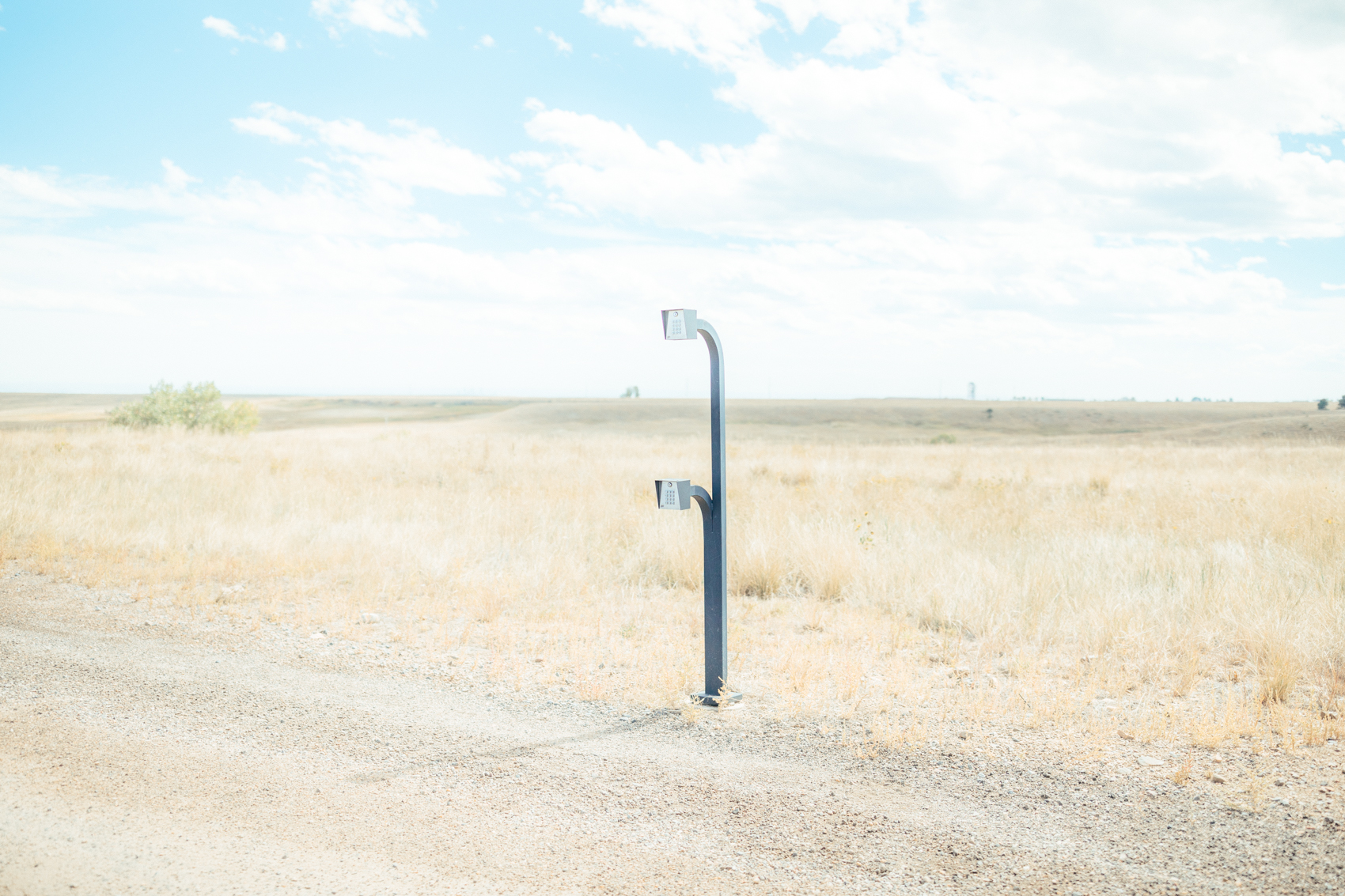
In the center of the refuge, there is a 1,300-acre swath now known as the DoE Legacy Site. This is where the Central Operable Unit of the former nuclear plant was, and still is. (While in production, the COU is where nuclear weapons components, specifically plutonium triggers, were developed and manufactured.) The Legacy Site will remain off-limits to the public and unauthorized personnel, including USFWS, after the refuge opens due to residual contamination and red tape, as USFWS under federal law isn’t allowed access to it or any other land operated by DoE without permission.
“The Central Operable Unit is not suitable for any use, because they are still treating it,” Lindsay Masters, an environmental protection specialist with Colorado’s Department of Public Health and Environment, said during a July interview with CBS Denver.
During the remediation process, it was decided that the most contaminated buildings and operating units of the plant would not be disassembled and removed due to costs, according to Abelson. The foundations were vaulted and buried, with concrete situated between six and 80 feet below the ground’s surface. The Legacy Site is still a CERCLA Superfund site and will undergo high-level monitoring and remediation for groundwater contamination for another half-century.
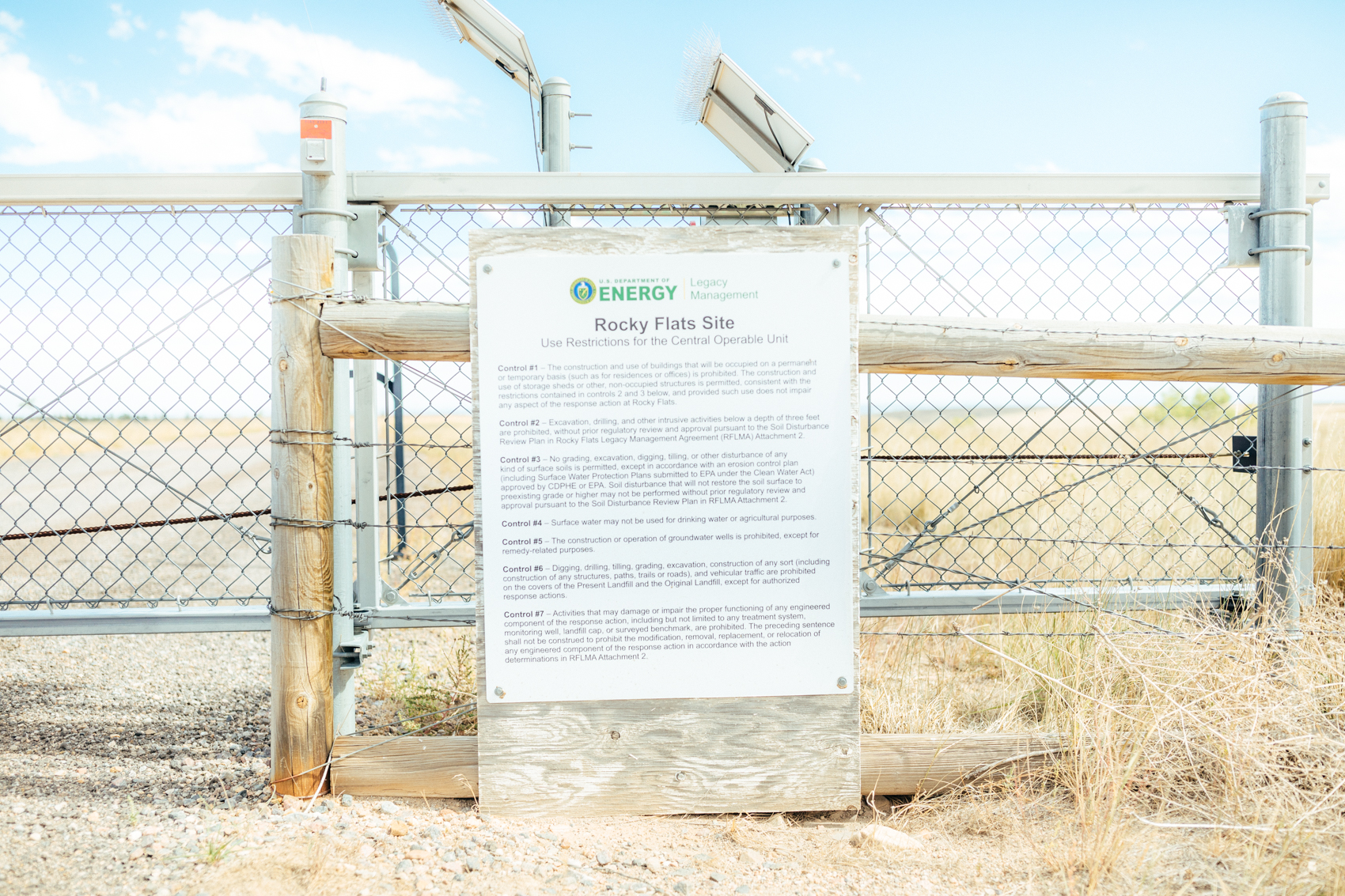
For now, only a barbed-wire fence separates the Central Operable Unit from the refuge—land that the DoE has deemed suitable for unrestricted use bordering land it’s determined isn’t suitable for any use.
But as Rocky Flats critics like longtime environmental activist Paula Elofson-Gardine puts it, “Plutonium doesn’t care about fences.”
Residual Levels
Elofson-Gardine and her sister, Susan Hurst, have been leading the activist charge against Rocky Flats since the 1980s. The siblings grew up downwind from the plant in Arvada, Colorado, and felt the devastation caused by waste disposal mismanagement there at the hands of the DoE and contractors like Dominick Sanchini.
“We’ve seen families dying of cancers,” Elofson-Gardine told me. Susan’s daughter, she notes, died short of three weeks after birth. Doctors found she’d born missing parts of her brain, a birth defect, they told Susan, found in babies whose mothers had spent their first trimesters in and around contaminated sites. (Several similar cases of birth defects were reported at Three-Mile Island, where a nuclear reactor partially melted down in 1979, leading to one of the most significant nuclear accidents in US history.)
“We don’t want other people to have to go through this,” Elofson-Gardine said. “People have a right to know what the risks of Rocky Flats are.”
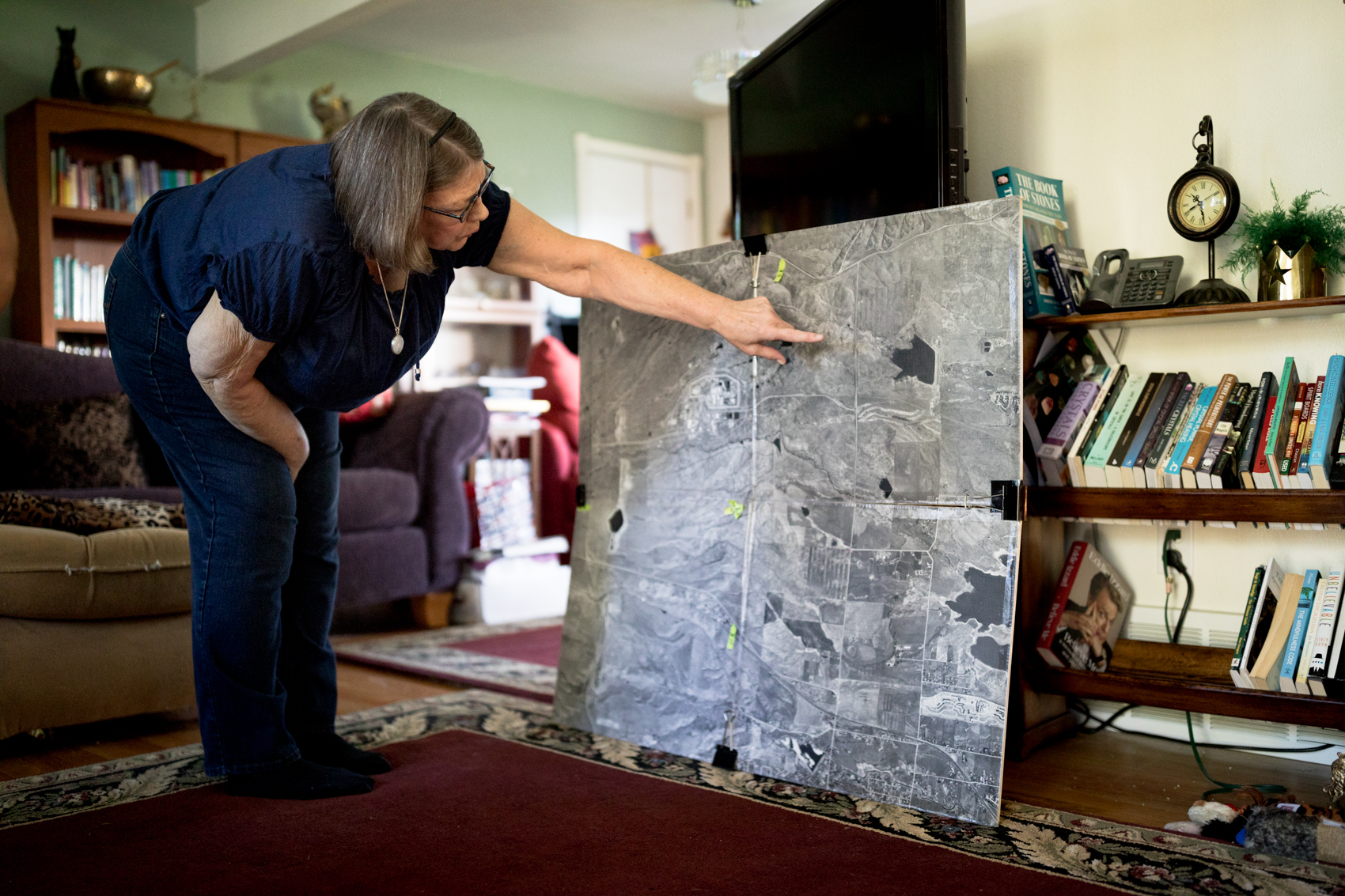
Barbara Moore, another lifelong area resident and dissenter of Rocky Flats, shares Elofson-Gardine’s concern. Moore’s son was born with neuroblastoma, a cancer with no known causes that starts in the early stages of fetal development and affects the nervous system. Cancer rates are indeed higher in the region, though it remains difficult to link specific environmental factors to an individual’s cancer diagnosis. But as Moore told me over the phone, her son’s life has been marred by a disease she believes is “a direct result of exposure to plutonium.”
Dr. Carl Johnson, a physician and former director of the Jefferson County Department of Health, published a study in 1981 recording and citing increased cancer rates and their direct link to Rocky Flats contamination. Even with current soil and groundwater samples testing within government-regulated limits, countless studies since have directly linked exposure to plutonium to cancer rates. The Agency for Toxic Substances and Disease Registry lists cancer as the sole consequential health effect of plutonium exposure. With scientists and whistleblowers having cried foul before cleanup had even begun, who can be blamed for feeling like health risks, illness, and death caused by residual contaminants could have been avoided?
“Some bad things happened here—there’s no doubt about that.”
Regardless, it wasn’t until decades later that the government acknowledged its responsibility in the Rocky Flats fiasco with settlement money.
According to the most recent Department of Labor statistics, since June 2001 $253,920,500 has been paid in Part B compensation, which provides compensation for workers, or their survivors, with radiation-induced cancers, beryllium disease, or silicosis. Over $173,000,000 has been paid in Part E compensation, which includes survivor lump sum, wage loss, and impairment benefits of those affected by Rocky Flats. More than 5,000 claims from a $375 million class-action lawsuit against Rocky Flats are set to be awarded compensation beginning this month.
“Some bad things happened here—there’s no doubt about that,” said Moehring, the USFWS spokesperson, as our site tour rolls on, coming to a stop moments later at a seemingly unremarkable hillside. It’s the location of the Southern Interceptor Ditch, which required monitoring and water quality testing during Superfund cleanup. The hillside before us today is actually a landfill.
“People got sick here,” Moehring went on. “People died. And there are people that still live around here who knew and were related to those people. It’s very emotional and you have to respect that.” It’s “something you just have to calculate,” in his view, during any discussion about Rocky Flats.
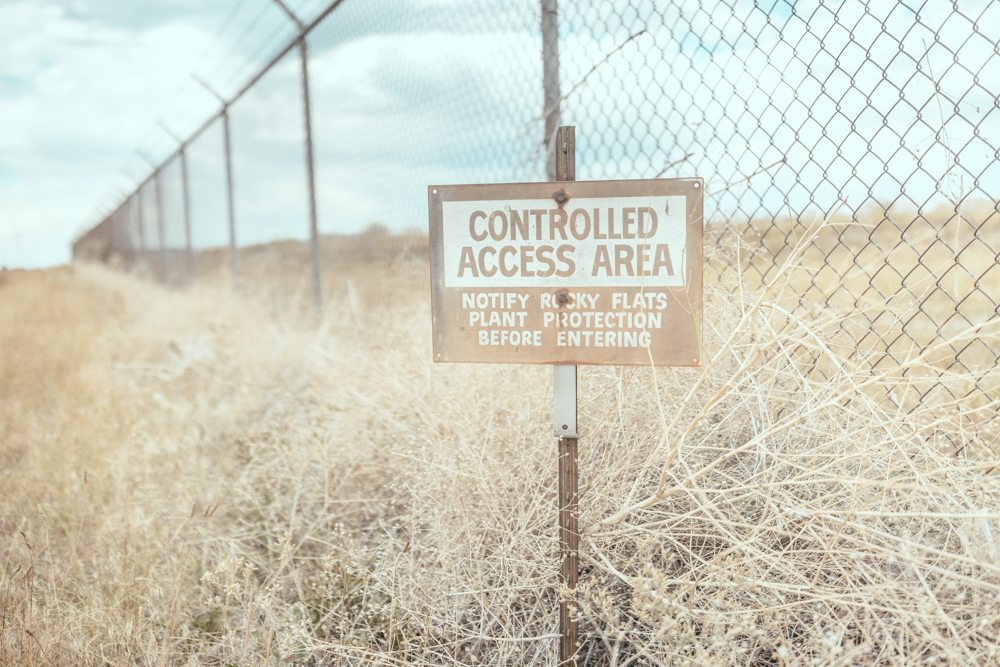
“It’s very easy to scare the general public with anything radioactive,” Kim Griffiths said while looking into the fields of the wildlife refuge from her kitchen window. Before moving into the Candelas community, Griffiths signed an affidavit stating that she was aware of Rocky Flats’ history. She’s since attended meetings and asked for data. She says she feels informed—that the government has been transparent, disclosing the history of Rocky Flats and keeping her posted on the current state after cleanup.
“The activists feel very strongly that they are correct,” Griffiths said. “However, they traffic in pseudoscience. They have no current data, no current experts. They’ll never accept that the government is not lying to them and it’s safe.”
“I get screamed at and called a lying bitch because I point to the safety and the data [from USFWS and DoE],” she continued, referring to one particular activist group with tears in her eyes. “They tell me that my grandchildren won’t live to see adulthood if I have them here. And it’s very, very insulting and hurtful to have that.”
Even with current soil and groundwater samples testing within government-regulated limits, environmentalists and activists question whether those limits are actually safe. According to Elofson-Gardine and other dissenters, miscalculations from the government are what made the mess at Rocky Flats in the first place, and it’s hard to trust it all to add up now.
The most recent Superfund Legacy Management Five-Year Review Report, published this past June by the DoE Office of Legacy Management, states that the “EPA PRG calculator includes the numerous changes to toxicity factors that have occurred since 2006″—the year site cleanup ended—”including revisions specific to plutonium and uranium” standards.
A Preliminary Remediation Goals for Radionuclides, or PRG “calculator,” isn’t a calculator per se. It’s an estimate of risk and contamination computed by factors that affect remediation parameters boiled down into one simple screening value on a case-by-case basis. This means that the levels of contamination deemed acceptable by the government have changed over the years and across Superfund sites themselves. And while contamination levels at Rocky Flats historically have tested within standard boundaries, those boundaries have changed several times.
Today, according to the Superfund legacy management report, the calculated risk associated with radionuclides (atoms with excess nuclear energy, making them unstable) has “increased slightly,” though the literature ensures that “the risk remains on the lower end.”
At those levels, if you were to go out for a run at the refuge two hours a day, five days a week, your increased cancer risk is one in a million.
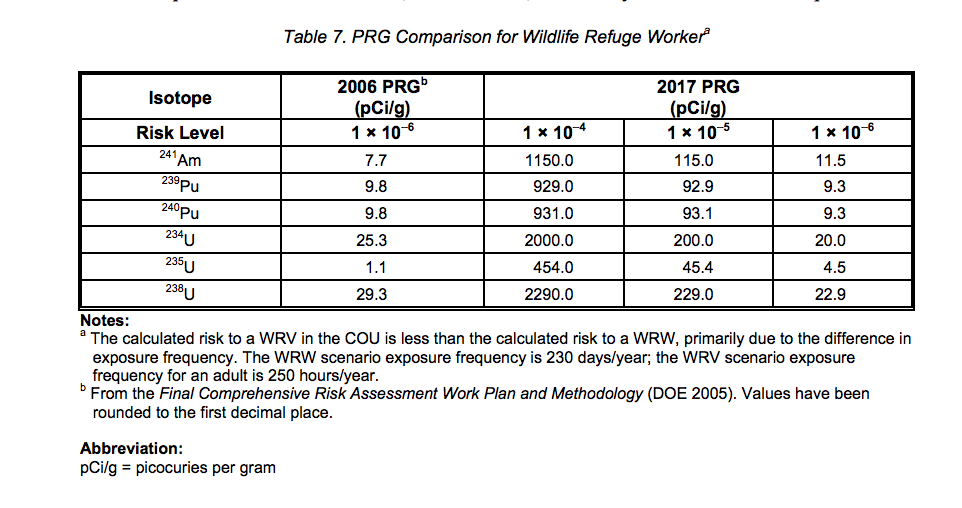
Acute or prolonged exposure to ionizing radiation is harmful, and plutonium-239, the most abundant contaminant at rocky flats, is known to be particularly toxic. A single particle of plutonium-239 can pass from inhaled air through the membranes of the lungs and get caught in lymph nodes, where they emit alpha rays that irradiate surrounding tissues and their DNA molecules, potentially leading to cancers, according to literature from Dr. Roy Burdon, former Chair of Molecular Biology at Strathclyde University in the UK.
The mere chance of such exposure is what keeps the activists going.
“The government doesn’t want to do anything about the contamination,” Elofson-Gardine said. “But people that are knowledgeable figure out pretty quickly that this isn’t OK. Be logical. This wasn’t a place that was originally intended for recreation, so why are they designating it for recreation now? It boils down to this: If the land hasn’t been cleaned up then it’s not appropriate to open it to the public.”
A 2006 Government Accountability Office report backs up the insecurities of concerned citizens, environmentalists, and scientists who argue that the government did not decontaminated Rocky Flats to safe levels during cleanup. The GAO found that the DoE failed to independently verify the data published in the 23-volume evaluation “clearing the site for recreational use, listed site-specific characteristics that limited the scope of the contamination, and identified the financial incentive of Kaiser-Hill, the contractor, to finish the cleanup quickly and under budget.”
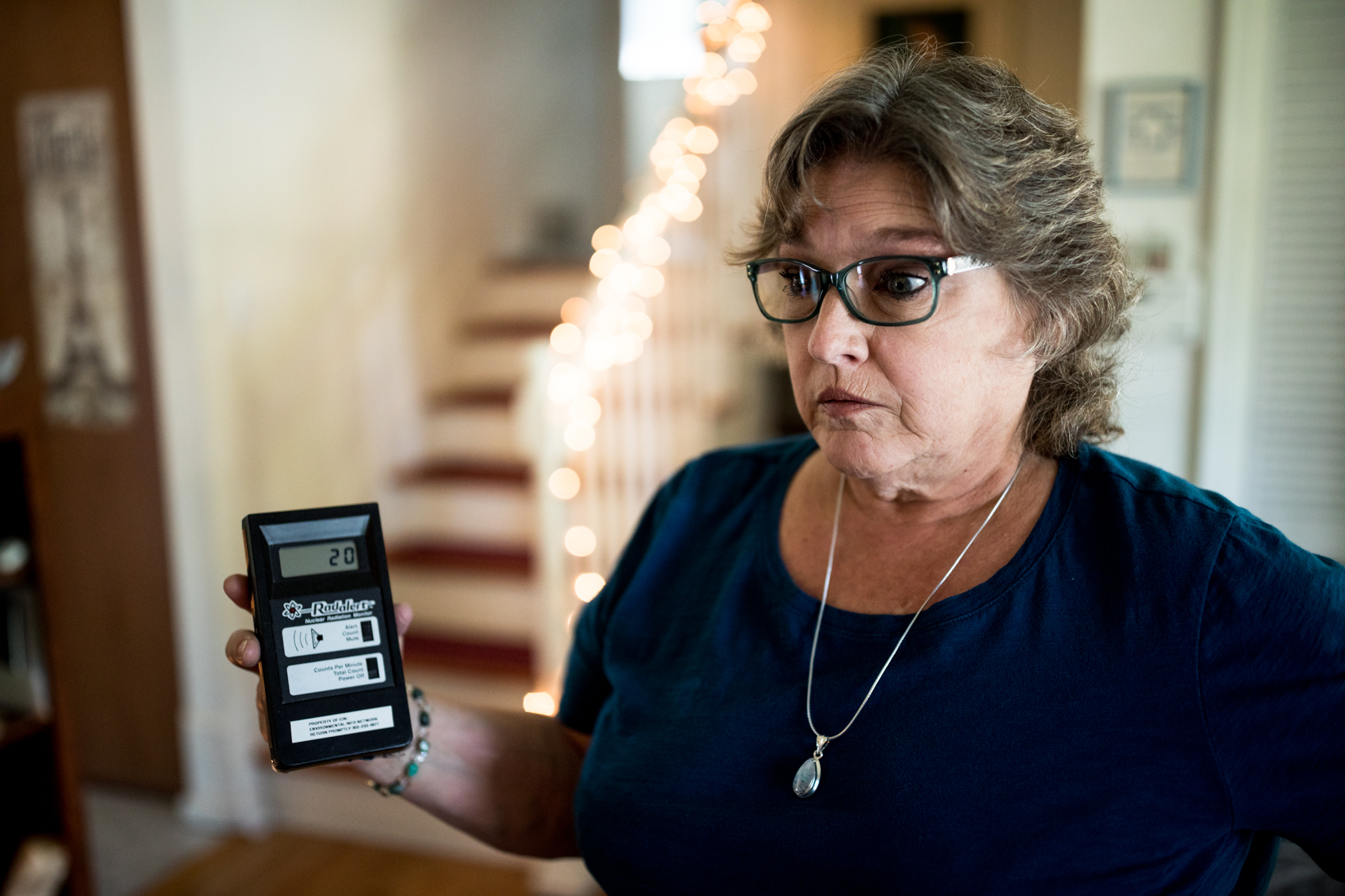
There are roughly 1,330 Superfund sites on the National Priority List as of September 2018. A dozen such sites leaked toxic materials in the wake of Hurricane Harvey, which struck the mid-Texas coast in late August. If Superfund land management is designed to satisfy the general public and the GAO, it would appear that land management isn’t properly regulated. Under current protocol—or lack thereof—it’s nearly impossible to have Superfund sites independently tested or to have government-funded tests verified by independent sources. According to Abelson, all labs that test and monitor Superfund sites are required to be certified by the EPA. This loops the process back into a conflict of interest.
The half-life of the main isotope found at Rocky Flats—plutonium-239—is 24,100 years. That’s a long time after a recreational trail is built for the government to guarantee that 1.2 tons of hazardous waste buried somewhere on-site will stay buried. Especially when soil slips, flooding, and winds are a daily threat.
Cradles to Graves
So, why doesn’t the government have a standardized management and remediation plan?
America has been developing nuclear production for more than 65 years. Yet the EPA’s process of cleaning up and maintaining Superfund sites is not regulated and operates on a case-by-case and budget-by-budget basis. What’s more, President Donald Trump’s new budget would slash the allocation for the Superfund program by nearly one-third.
With each passing year, the US adds to its ever-growing list of potentially disastrous sites. Other DoE facilities, including Hanford in Washington, Oak Ridge in Tennessee, the Savannah River Site, and the Fernald Plant in Ohio (which is now a nature preserve) faced major contamination issues with radioactive and toxic waste spills—and the mismanagement of waste storage. The problem isn’t a lack of precedent for a standardized cleanup plan. Since 1989, the “cradle to grave” system has standardized cleanup for solid, non-nuclear waste from products like batteries.
The problem, rather, is no one can agree on what “the grave” is.
Read more: The Plan to Build a Million-Year Nuclear Waste Dump on the Great Lakes
Should there be a special category under the federal public lands law for former nuclear production facilities? Why isn’t there a committee within the Department of the Interior that manages the land of former nuclear productions sites? Why is the USFWS responsible for these sites? When there are millions of square miles of untouched land at stake across the nation, why must USFWS use resources on contaminated ground? What kind of land are we trying to protect as a nation, and how can that land protect our human rights?
“These questions have not been discussed at the national level, and there’s no interest in Congress to have that discussion,” Abelson said. “But I believe it’s critically important to hold accountable to the fact that these places require management and testing.”
The latest development in action is a vow from current EPA Administrator Scott Pruitt promising, “a permanent solution, soon.”
That isn’t exactly a solution to a lack of standardized cleanup process—it’s a supposed “solution” to the slow speed at which cleanup occurs, a critical factor at nuclear production facilities in Texas affected recently by Harvey. But in cases like the Rocky Flats cleanup, speed wasn’t the problem. Which is to say, a solution that standardizes improvement for each singular Superfund site doesn’t start with more money or shortened regulatory timelines.
Kate Probst, an independent consultant who’s been studying the Superfund program for more than 20 years, recently told NPR that stripping the red tape that disables independent or specialized monitoring, testing, and remediation in the Superfund program would allow vast improvement across budget, process, management, and decision-making. “[A government that wants] to go out there and say, ‘I’m going to clean up sites and do a better job, but, oh, I want to cut the program by 30 percent,'” she said. “It’s hard to figure out how those things work together.”

It’s likewise difficult to not feel even the least bit optimistic about what a place like Rocky Flats could be, either.
Back in the Jeep, Lucas is talking about the handful of endangered Preble’s meadow jumping mice that call these hills home. We’re somewhere between the dump (where workers would scrap material during construction before the site was subject to environmental laws) and an unmarked entrance gate. That’s when we realize we have two flat tires.
Lucas and Abelson don’t think twice about hoofing two miles out of here. So we walk over a hill and see the remnants of the facilities landfill, along with the barbed-wire fence that guts out the COE with a threat to trespassers. Walking along what will be designated trail within Rocky Flats National Wildlife Refuge in only a matter of months, barring any unforeseen delay, was just starting to feel “normal,” before Abelson offers a sober reminder.
“Things are not ‘the norm’ here,” he says, shuffling along the dirt.
He pauses when I ask about any fears or regrets he has when it comes to Rocky Flats. I can’t help but wonder if he’s thinking about Dominick Sanchini, the former plant manager, who died of lung cancer a year after the 1989 raid.
“Well,” Abelson starts, “what happens 50 years or 200 years from now?”
With editing and additional reporting by Brian Anderson. Caroline Haskins contributed research.
Get six of our favorite Motherboard stories every day by signing up for our newsletter.